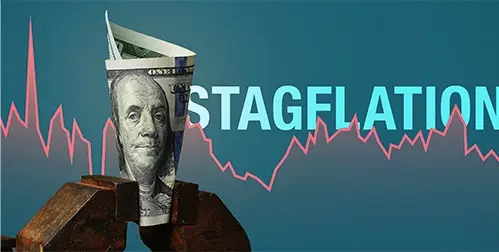- The CBO released a new report stating the deficit is increasing faster than just a few months ago
- Servicing the growing interest on the debt may sink the government into a doom loop that ends with a bankrupt nation
- Moving assets into physical gold and silver can preserve purchasing power as the value of the dollar collapses from debt
New CBO Warning
A new Congressional Budget Office report warns that Congress and the White House must get serious about getting the national debt under control. The federal budget deficit will reach nearly $2 trillion this year – the third largest in US history (behind pandemic era relief spending). That is 27% higher than February’s forecast due to the latest glut of government spending. The CBO warned that the rapidly rising debt is putting the nation at risk of a financial crisis. 1
The projected deficit increase was tied to student debt cancellation, bank failure bailouts, and funding for foreign aid. The annual deficit is expected to keep growing. It is predicted to top $2.8 trillion in ten years. This increase is on top of growing mandated spending for programs like Social Security and the higher cost of paying interest on the debt. 2
The national debt as related to the size of the GDP is also growing. As of now, it stands at 99% – the debt is essentially the same size as the US economy. Interest on the debt will exceed spending on defense this fiscal year.
Debt held by the public is projected to rise from around $28.2 trillion this year to more than $50 trillion in 2034. That translates to 122% of the GDP – a historical record high for the US, beating 106% after World War 2. 3
 4
4
Effect on Individual Americans
The CBO found the debt will slow the growth of American household income and economic growth. The estimated GDP per person is considered a measure of average income. Right now, it is about $84,000. The CBO projects that if the debt remains stable, that income will increase to $128,000 by 2054. But if the debt grows as the CBO projects, that income is $123,000. Meanwhile, the nonpartisan Committee for a Responsible Federal Budget estimates income would slow by about one third to $114,100. 5
Household income would shrink due to the “crowding out effect.” Excessive government spending to service the debt drags down the economy by crowding out more productive investments that improve American living standards.

Essentially, the government sells bonds to borrow money. Investors choose the bonds over private sector investment because the government has been forced to offer high rates of return. For example, instead of buying a corporate bond, stock, or putting money in the bank, someone buys federal bonds.
This results in less investment in the private economy. Over time, this means fewer buildings, machines, equipment, and software innovations. Consequently, wage and income growth slow down. This process happens gradually, little by little.
In addition, higher levels of government debt cause interest rates to rise. So as your income slows, your expenses accelerate, like your house and car loans. And the federal government is spending more on interest, so it cannot provide stimulus or relief.
Conclusion
Th CBO strongly advises that Congress and the White House need to act now. The problem is only going to grow exponentially worse, requiring stricter solutions the later it is addressed. However, a highly divided government seems unlikely to make the compromises necessary to curb the debt. Raising taxes and cutting services, especially in an election year, are non-starters.
Left unchecked, the debt will erase the value of the dollar. With their intrinsic value, physical precious metals can preserve purchasing power as the currencies collapse. A Gold IRA can secure your retirement funds for the long term. Contact American Hartford Gold today at 800-462-0071 to learn how.
Notes:
1. https://www.foxbusiness.com/politics/federal-budget-deficit-reach-nearly-2-trillion-year-cbo-projects
2. https://www.foxbusiness.com/politics/federal-budget-deficit-reach-nearly-2-trillion-year-cbo-projects
3. https://www.foxbusiness.com/politics/federal-budget-deficit-reach-nearly-2-trillion-year-cbo-projects
4. https://www.pgpf.org/sites/default/files/ltbo-2022-chart-1.jpg
5. https://www.foxbusiness.com/economy/rising-national-debt-reduce-americans-income-growth-report
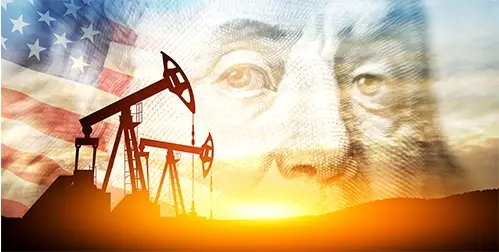


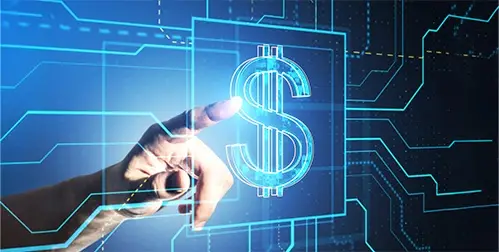


 5
5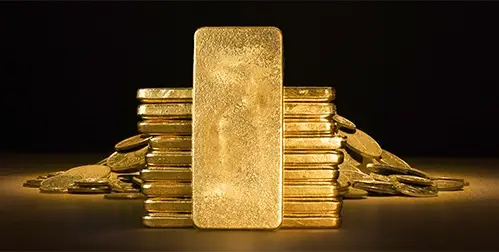



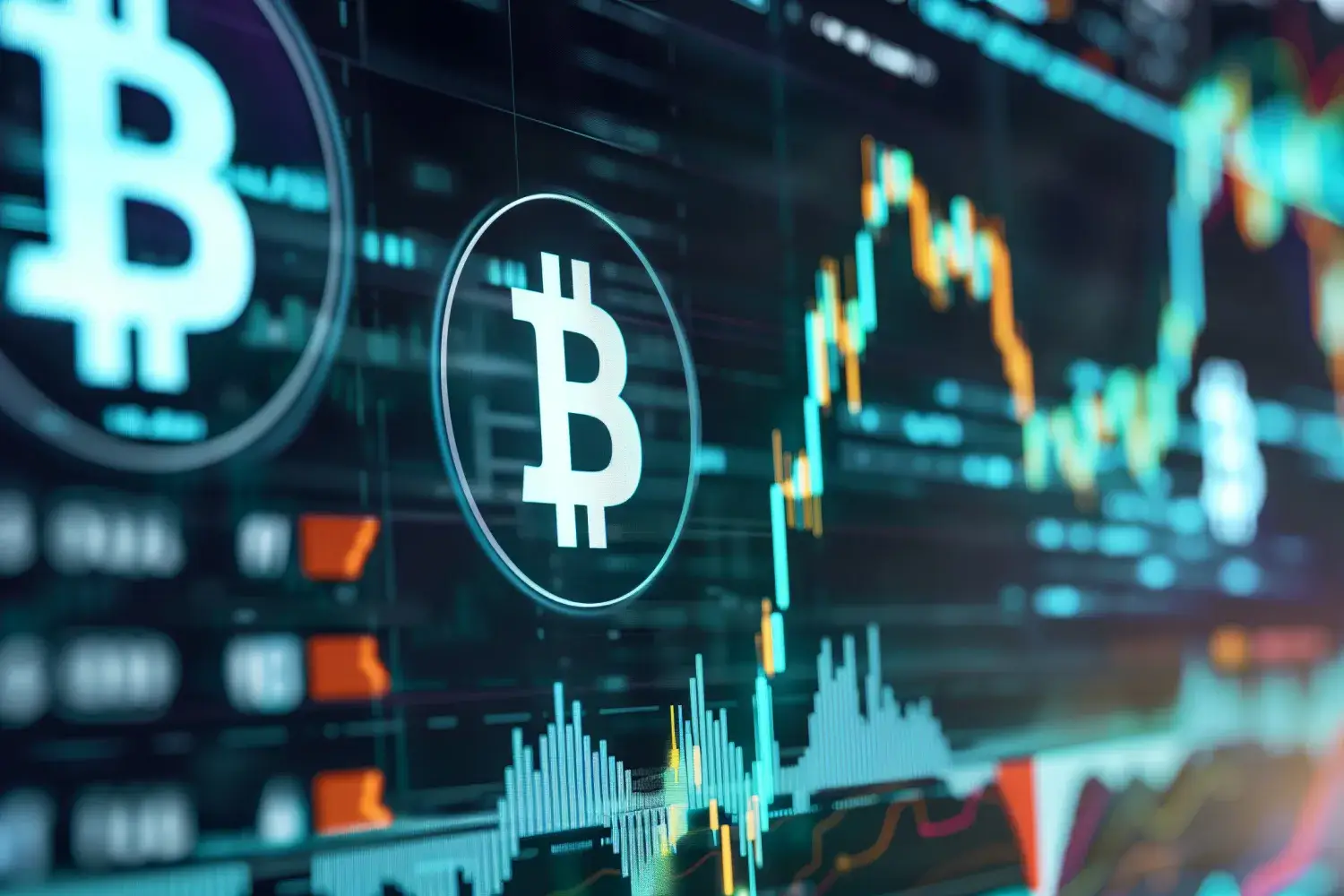

 1
1
